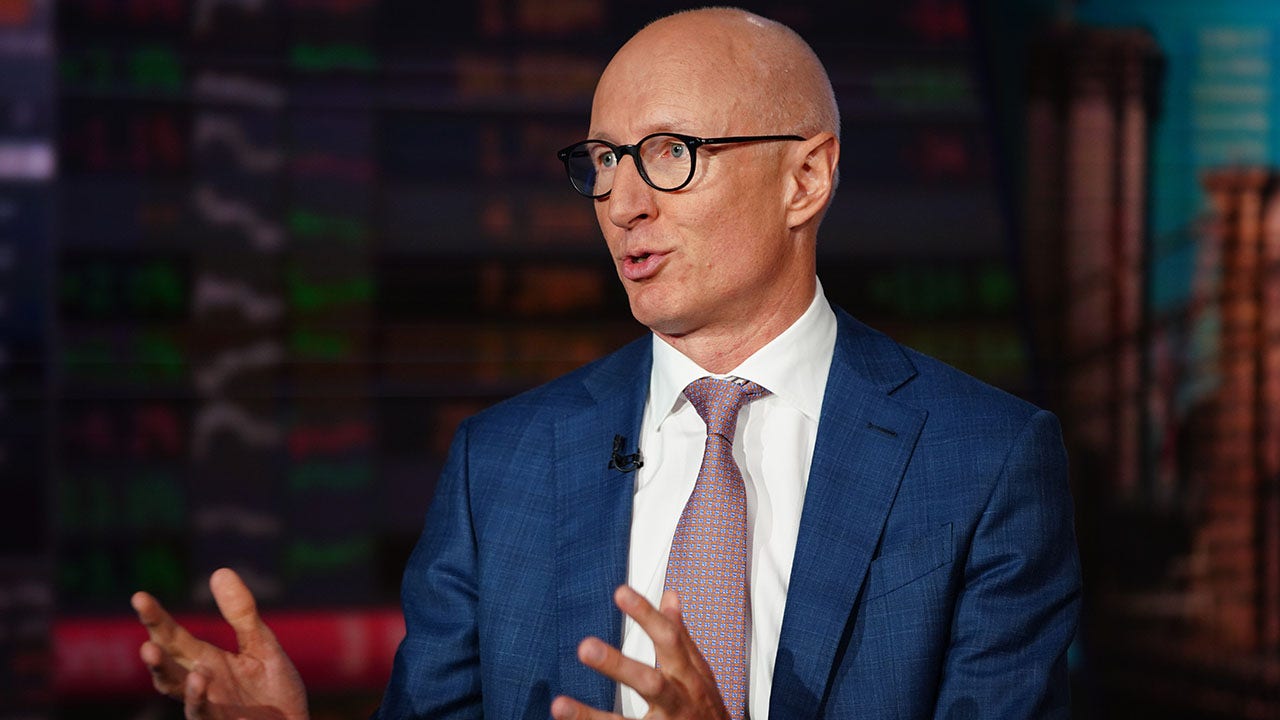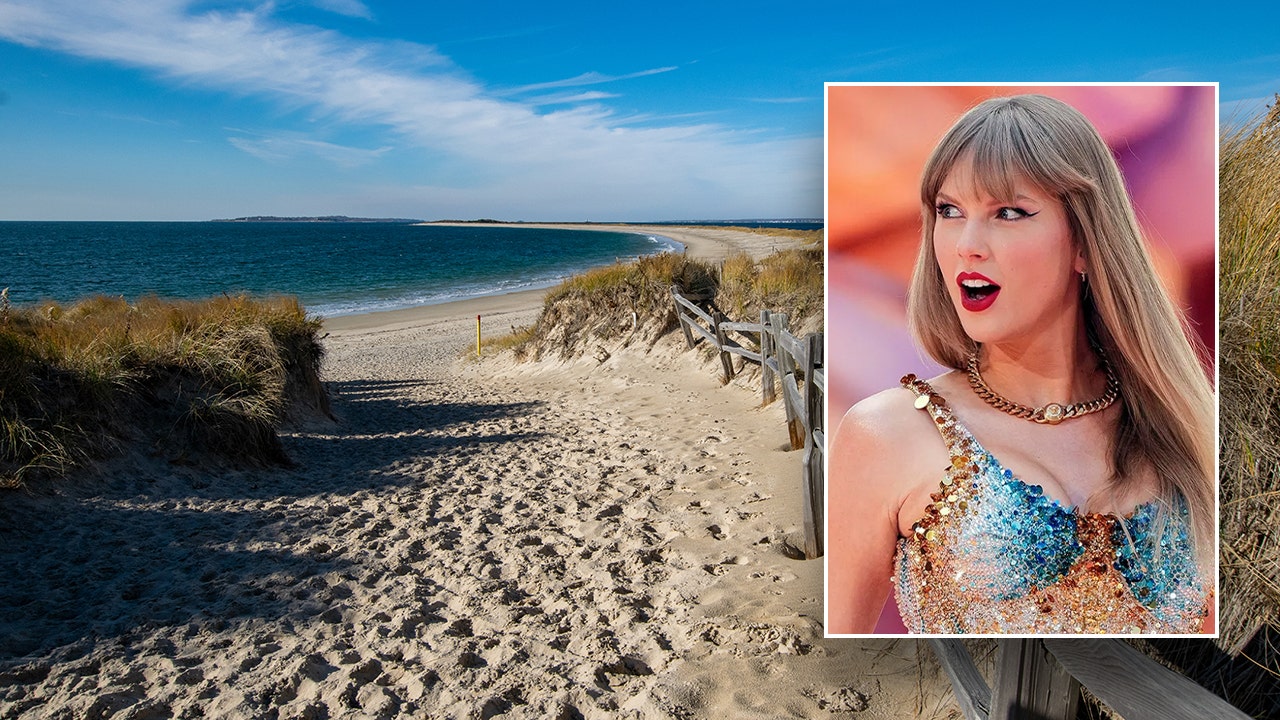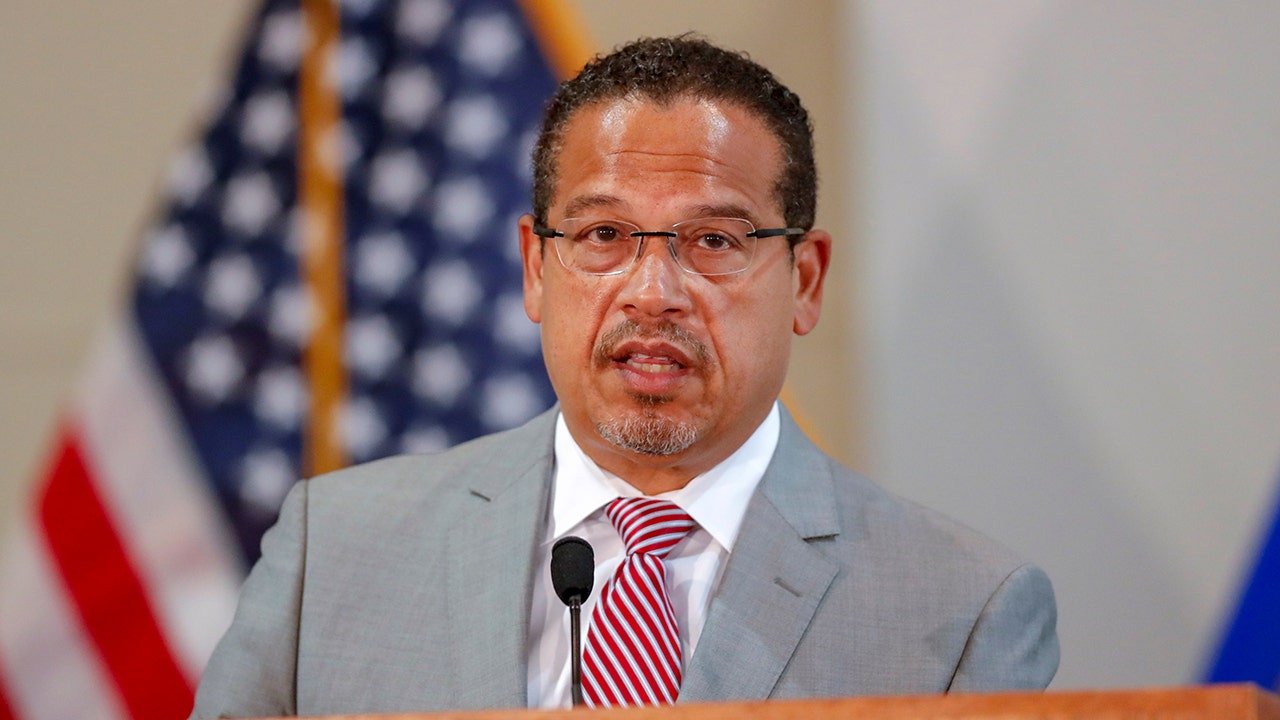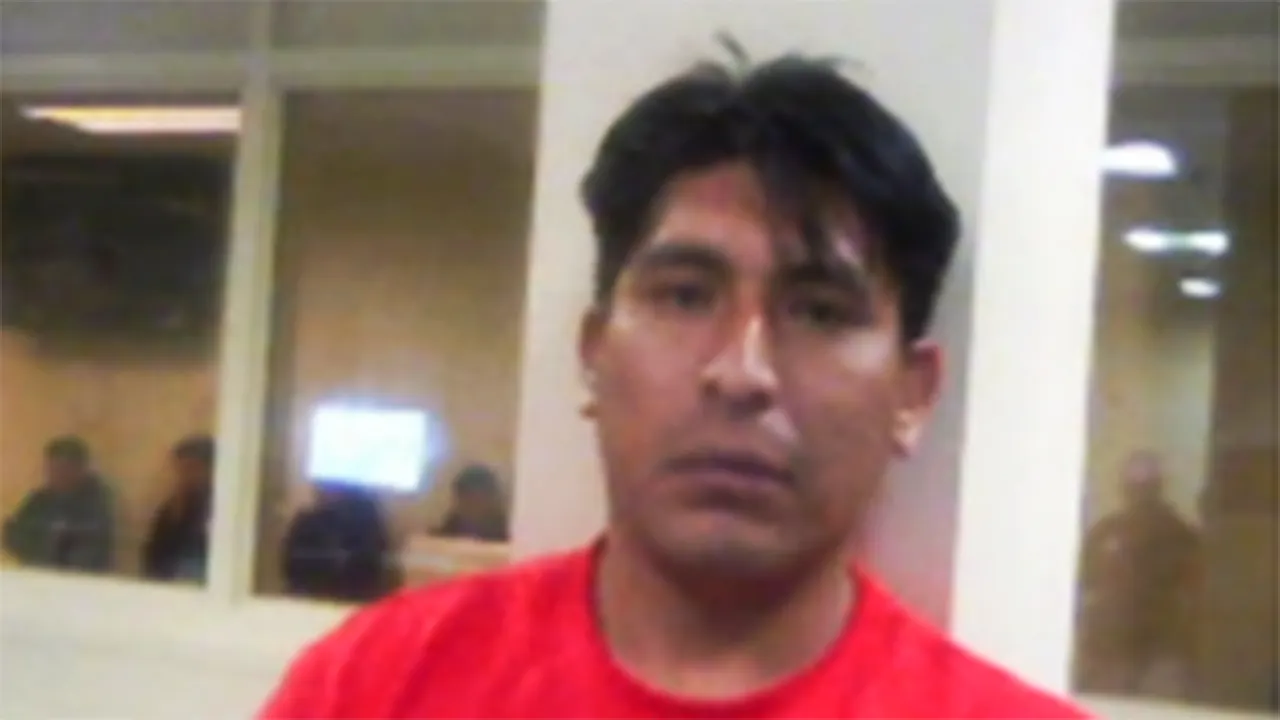Posted on Tuesday, April 1, 2025
|
by Outside Contributor
|
0 Comments
|
On April 19, 1775, the American Revolution began after more than a decade of growing disputes between the American colonies and the British government. As Ralph Waldo Emerson eloquently put it in his famous 1837 poem “Concord Hymn”:
“By the rude bridge that arched the flood,
Their flag to April’s breeze unfurled,
Here once the embattled farmers stood
And fired the shot heard round the world.”
The bridge he refers to is the North Bridge, in Concord, Mass., the location of the main fighting in what is known as the Battles of Lexington and Concord.
For days, the British had been preparing to send troops from Boston to capture rebel leaders Samuel Adams and John Hancock in Lexington and to seize arms and munitions stockpiled in Concord. As rumors grew, the Americans planned to resist. A critical question was the route the British would take, by land through the Boston Neck or by sea, across the Charles River.
Emerson is not the only poet inspired by these events. In 1860, Henry Wadsworth Longfellow immortalized the role of Paul Revere, who, with others, alerted the militias and colonists that British troops had departed for Lexington and Concord:
“Listen, my children, and you shall hear
Of the midnight ride of Paul Revere …
One, if by land, and two, if by sea;
And I on the opposite shore will be,
Ready to ride and spread the alarm
Through every Middlesex village and farm,
For the country folk to be up and to arm.”
At the Lexington battle, about 80 colonists opposed about 700 British “regulars.” The first shot was fired, but no one knows by whom or even by which side. John Parker commanded the Americans, many of whom were his relatives.
The badly outnumbered Americans quickly retreated, and the British, not finding Adams or Hancock, moved on to Concord. There, they encountered a force of 400 Americans at Concord North Bridge. After an initial exchange, and with the American numbers continuing to grow as more and more militia (or “Minutemen”) arrived, the British retreated, taking losses on their return to Boston. What started as a straightforward police action turned into a humiliating defeat for the British and unleashed what would become a global war.
It was much more than a war. The shot that launched the American Revolution was “heard ’round the world,” not because of European power struggles, including the desire among Britain’s enemies to see it humiliated by one of its colonies, although it was partly that. More important, the American Revolution provided the world of the Enlightenment with an opportunity to see whether the parlor game of philosophy and politics in which they had been engaged could move from the realm of theory into the real world.
For a century, American and European intellectuals had been comparing the merits of a hypothetical world based on equality, reason and nature to the world in which they lived — based on habit, custom and superstition. The American Revolution tested their theories in the real world. As C. Bradley Thompson writes in “America’s Revolutionary Mind,” the war was as much a moral revolution as a political one.
While a few notable Europeans joined in the fight — such as Thaddeus Kosciusko and Casimir Pulaski from Poland, Friedrich Wilhelm von Steuben from Prussia, and France’s Gilbert du Motier, the Marquis de Lafayette — most watched from the sidelines, content to observe and comment on American principles, rather than live them.
That is one of the things that has long distinguished Americans from others.
The European Enlightenment preached equality but consisted mainly of nobility; there was no nobility in America. Americans were mostly tradesmen and farmers who worked with their hands, whereas Enlightenment Europeans lived mostly off rents from their property or court allowances.
Finally, Europe had no active “civil society” with which to train people for self-government and, thus, no experience with self-government on which to build.
As we see today, responsible self-government is a continuing struggle. Not only in Europe but here as well.
This article was originally published by DCjournal.com here.
Frederic J. Fransen is president of Ameritas College Huntington (W. Va.) and chairman of Certell, Inc., a national education-technology nonprofit.
Read the full article here











